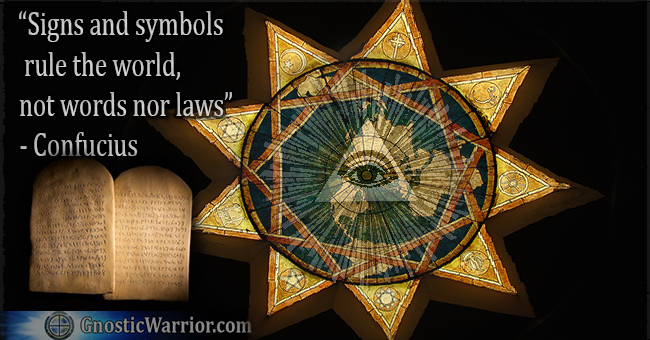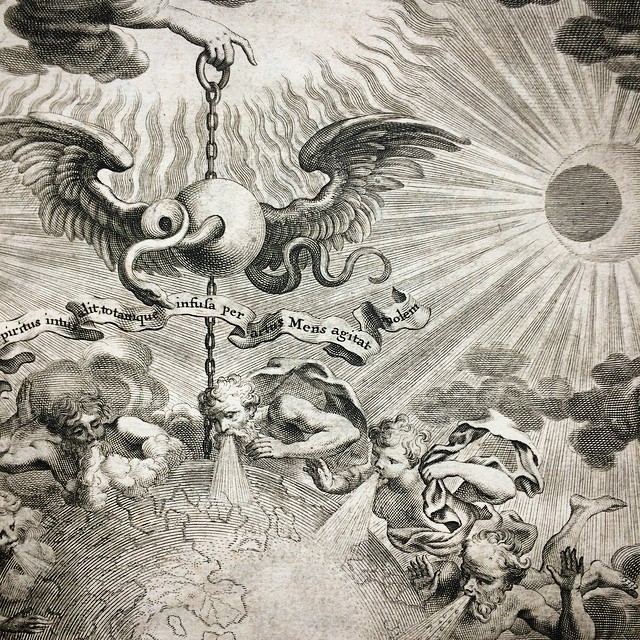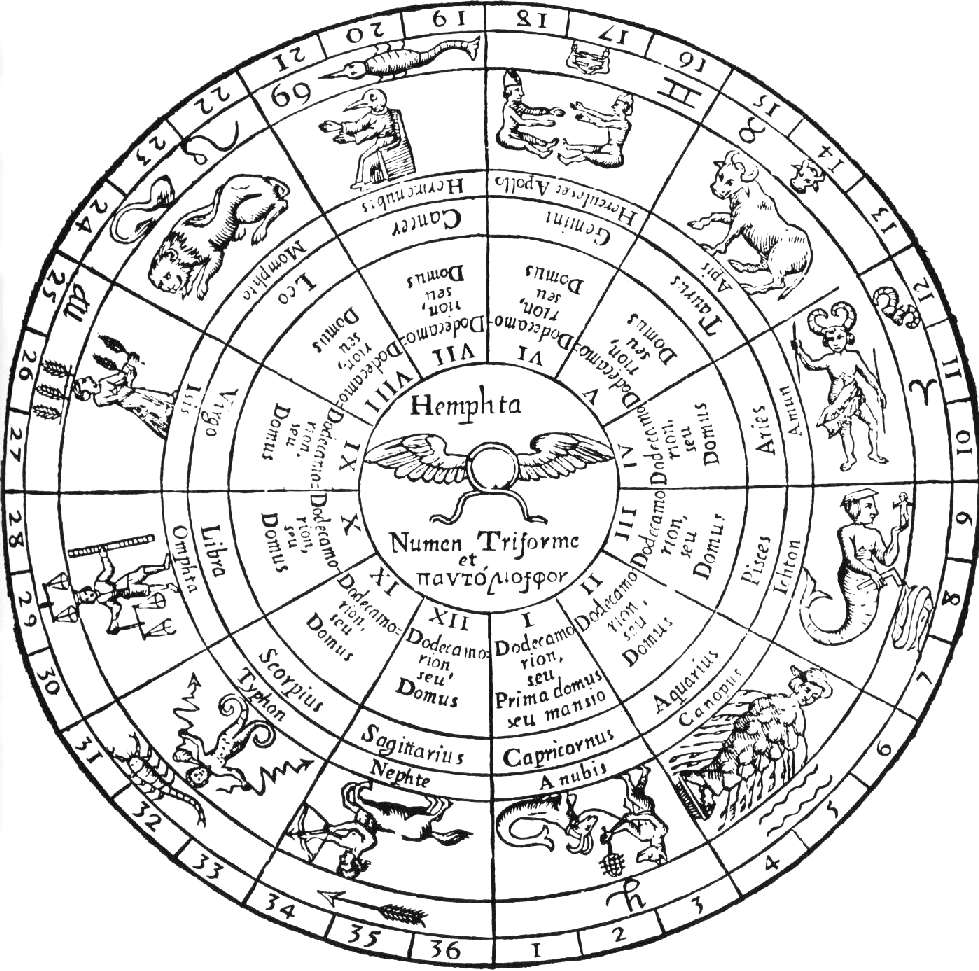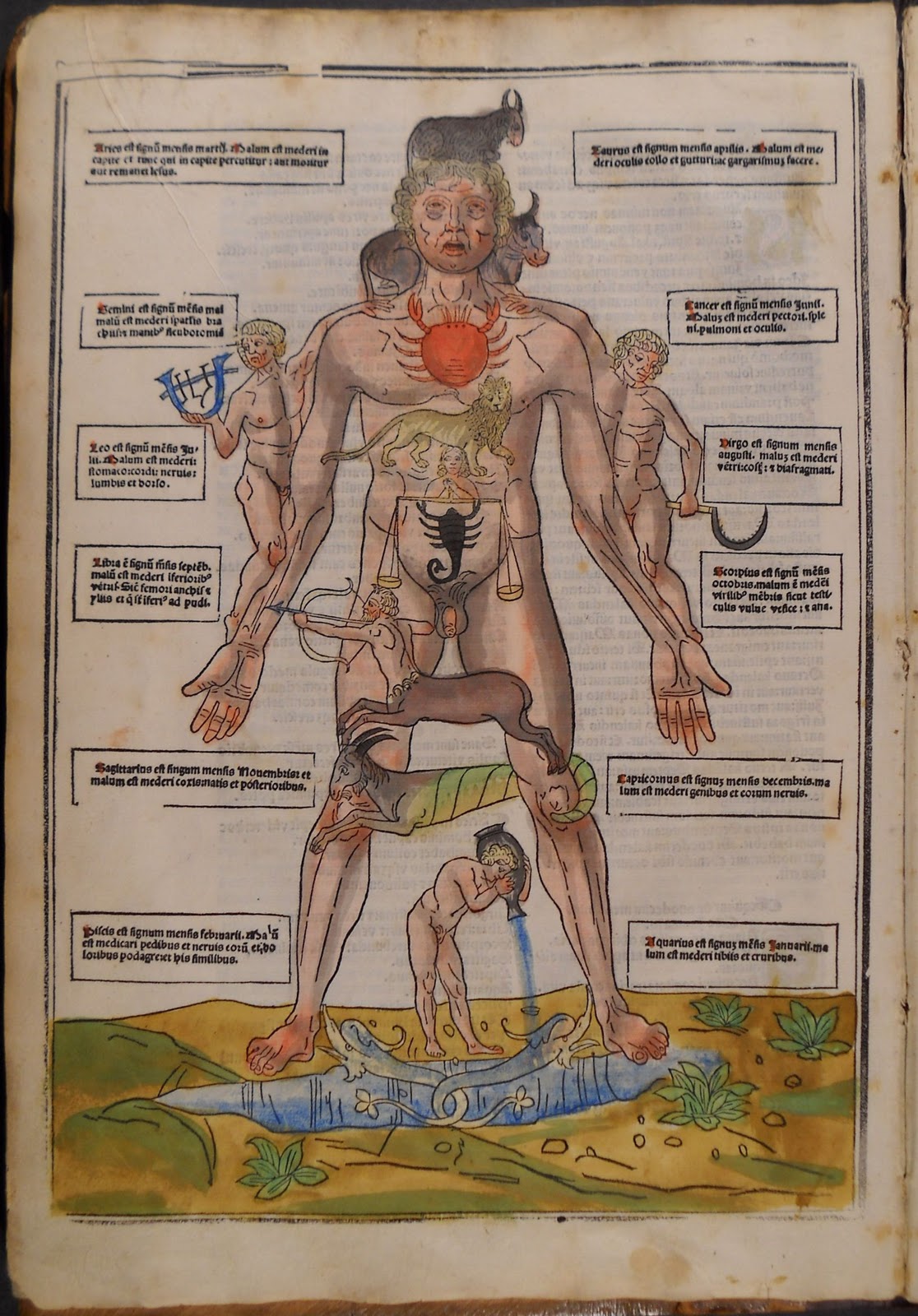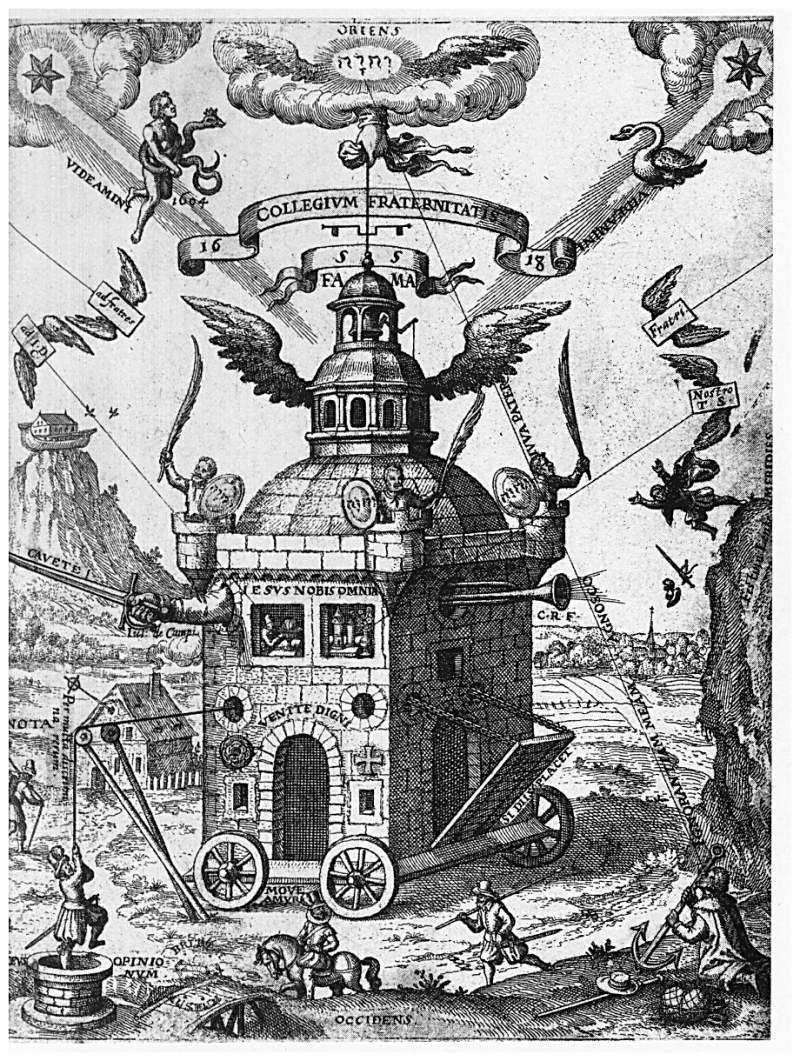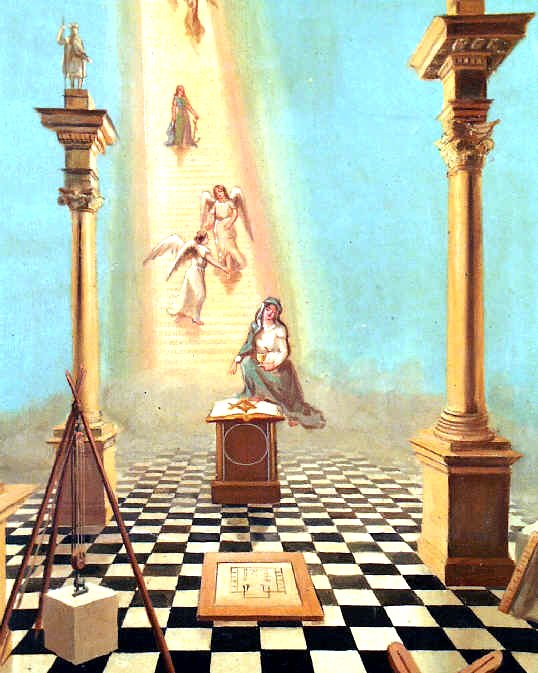The first six signs of the zodiac of twelve signs were regarded as benevolent, because the sun occupied them while traversing the Northern Hemisphere. The 6,000 years during which, according to the Persians, Ahura-Mazda ruled His universe in harmony and peace, were symbolic of these six signs. The second six were considered malevolent, because while the sun was traveling the Southern Hemisphere it was winter with the Greeks, Egyptians, and Persians. Therefore these six months symbolic of the 6,000 years of misery and suffering caused by the evil genius of the Persians, Ahriman, who sought to overthrow the power of Ahura-Mazda.
Those who hold the opinion that before its revision by the Greeks the zodiac consisted of only ten signs adduce evidence to show that Libra (the Scales) was inserted into the zodiac by dividing the constellation of Virgo Scorpio (at that time one sign) into two parts, thus establishing “the balance” at the point of equilibrium between the ascending northern and the descending southern signs. (See The Rosicrucians, Their Rites and Mysteries, by Hargrave Jennings.) On this subject Isaac Myer states: “We think that the Zodiacal constellations were first ten and represented an immense androgenic man or deity; subsequently this was changed, resulting in Scorpio and Virgo and making eleven; after this from Scorpio, Libra, the Balance, was taken, making the present twelve.” (The Qabbalah.)
Each year the sun passes entirely around the zodiac and returns to the point from which it started–the vernal equinox–and each year it falls just a little short of making the complete circle of the heavens in the allotted period of time. As a result, it crosses the equator just a little behind the spot in the zodiacal sign where it crossed the previous year. Each sign of the zodiac consists of thirty degrees, and as the sun loses about one degree every seventy two years, it regresses through one entire constellation (or sign) in approximately 2,160 years, and through the entire zodiac in about [paragraph continues]
CHART SHOWING THE RELATIONSHIP BETWEEN THE HUMAN BODY AND THE EXTERIOR UNIVERSE.
From Kircher’s Œdipus Ægyptiacus. The ornamental border contains groups of names of animal, mineral, and vegetable substances, Their relationship to corresponding parts of the human body is shown by the dotted lines. The words in capital letters on the dotted lines indicate to what corporeal member, organ, or disease, the herb or other substance is related. The favorable positions in relation to the time of year are shown by the signs of the zodiac, each house of which is divided by crosses into its three decans. This influence is further emphasized by the series of planetary signs placed on either side of the figure.
THE EQUINOXES AND SOLSTICES. The plane of the zodiac intersects the celestial equator at an angle of approximately 23° 28′. The two points of intersection (A and B) are called the equinoxes.
p. 54
25,920 years. (Authorities disagree concerning these figures.) This retrograde motion is called the precession of the equinoxes. This means that in the course of about 25,920 years, which constitute one Great Solar or Platonic Year, each one of the twelve constellations occupies a position at the vernal equinox for nearly 2,160 years, then gives place to the previous sign.
Among the ancients the sun was always symbolized by the figure and nature of the constellation through which it passed at the vernal equinox. For nearly the past 2,000 years the sun has crossed the equator at the vernal equinox in the constellation of Pisces (the Two Fishes). For the 2,160 years before that it crossed through the constellation of Aries (the Ram). Prior to that the vernal equinox was in the sign of Taurus (the Bull). It is probable that the form of the bull and the bull’s proclivities were assigned to this constellation because the bull was used by the ancients to plow the fields, and the season set aside for plowing and furrowing corresponded to the time at which the sun reached the segment of the heavens named Taurus.

Moe is the founder of GnosticWarrior.com. He is a father, husband, author, martial arts black belt, and an expert in Gnosticism, the occult, and esotericism.

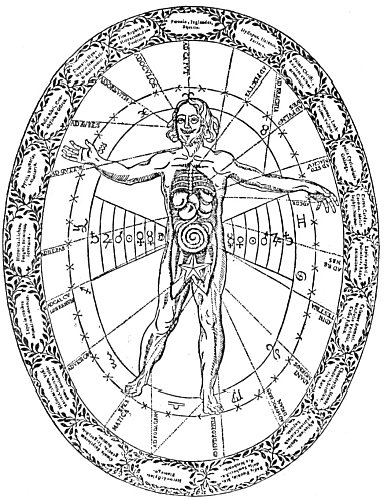

![Of the signs which were shown from Heaven when the mother of that community departed this life [675 A.D.?] | Book 4 | Chapter 9 Of the signs which were shown from Heaven when the mother of that community departed this life [675 A.D.?] | Book 4 | Chapter 9](https://www.gnosticwarrior.com/wp-content/plugins/contextual-related-posts/default.png)
